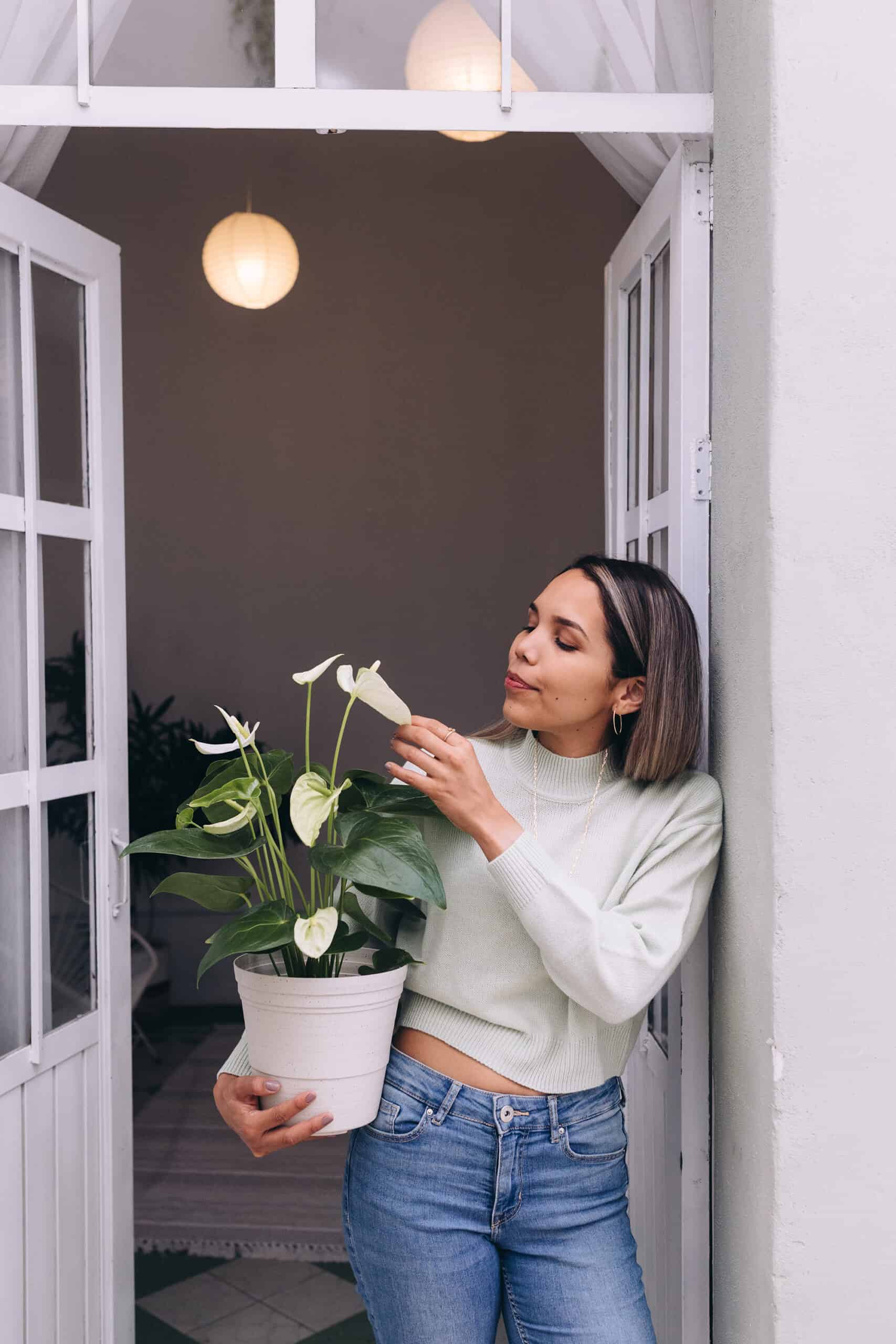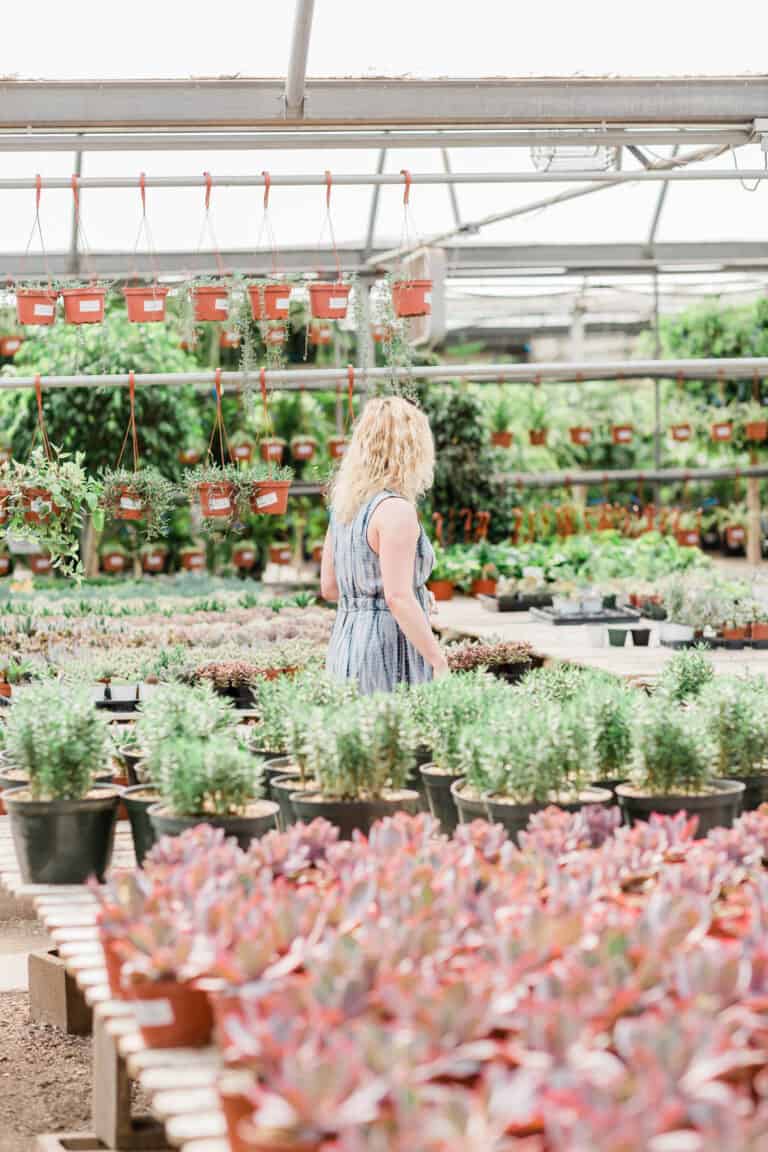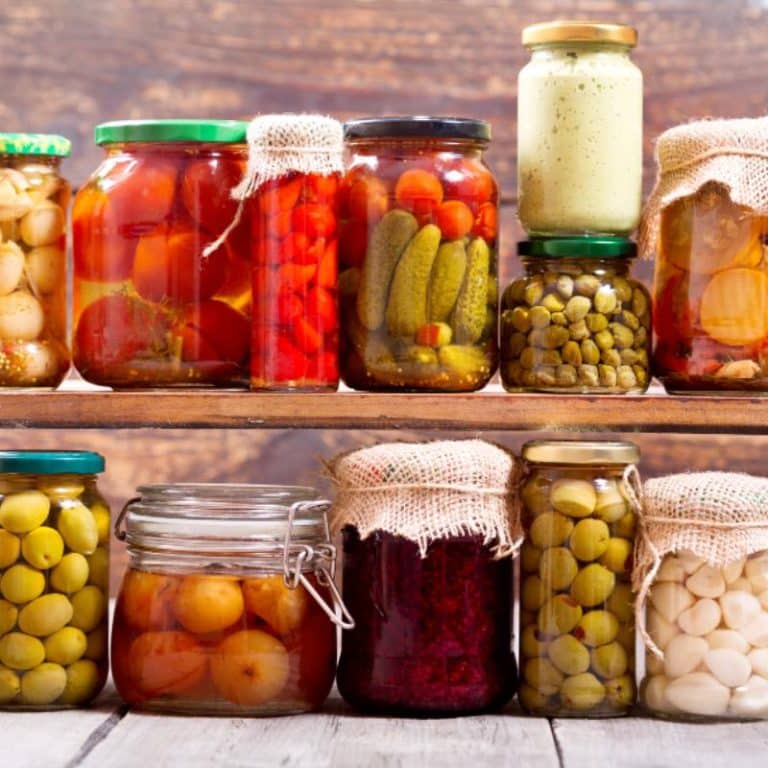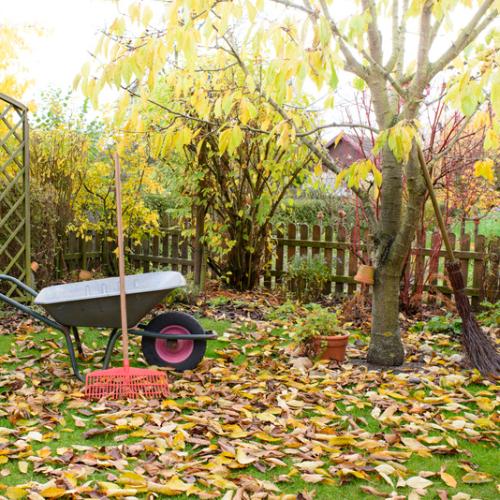Planting and Nurturing Your Indoor Herb Garden: A Step-by-Step Guide
Let me guess
You want to create your own indoor herb garden.
No, wait…
Perhaps you haven’t even considered the idea of planting herbs indoors yet, being more focused on buying them from a store.
You’ll be amazed at how awesome it is to grow your own herbs, and I’m here to guide you every step of the way!
If you’re a gardening novice or an urban dweller with limited outdoor space, one of the most rewarding things you can do is start an indoor herb garden.
You don’t need a bunch of complicated gardening tools to start your own indoor herb garden.
And that’s why this step-by-step guide to indoor herb garden is incredibly beneficial to help you plant and nurture your indoor garden ..
A great place to start is this comprehensive article on how to grow herbs indoors for beginners.

Planting and Nurturing: A Step-by-Step Guide
Growing herbs indoors is an exciting and that promises fresh, aromatic herbs all year round.
Here’s how to plant and care for your indoor herb garden:
Planting Herbs
- Choose the Right Container: Pick a container that’s at least 6 inches deep and has great drainage. Plastic, clay, or ceramic pots—all work well. Just ensure it’s spacious enough to accommodate your herb.
- Add Soil: Pour high-quality potting soil into the container. You can enrich it by adding some compost or perlite for better drainage.
- Plant Seedlings or Seeds: Follow the instructions on the packet and plant the seedlings or seeds accordingly. If planting seeds, sprinkle them over the soil and lightly cover them up.
- Water: Drench the soil well, but be cautious not to overwater. Herbs prefer their feet dry, so good drainage is a must!
Nurturing Your Herbs
Light: Your herbs need at least 6 hours of sunlight daily. Position your container near a sunny window or use grow lights.
Watering: Hydrate your herbs when the soil feels dry to the touch. Avoid overwatering, as it could lead to root rot.
TLC: Show your herbs some love! Pluck off dead leaves or stems and prune regularly to encourage bushy growth.
Types of Herbs: Some herbs are annuals, meaning they need replanting every year, while others are perennials that come back year after year.
Easy Herbs to Grow: Chives, parsley, mint, thyme, and basil are relatively low-maintenance herbs that can be used in a multitude of dishes.
Our Favorite Herbs: Rosemary, oregano, and sage are a bit more demanding, but the flavor and aroma they bring to the table are well worth it!
Reaping the Rewards: Harvesting and Utilizing Your Herbs
After all is said and done, the joy of growing herbs comes from harvesting and using them in your everyday life.
.A sprig of rosemary here, a handful of basil there, can really help elevate your meals.
So let’s get into the different ways to harvest your herbs.
The Perfect Harvest
Harvesting your herbs is all about impeccable timing.
Ideally, you should aim to harvest your herbs early in the morning, once the dew has evaporated but before the sun’s rays intensify.
This time window lets you capture the herbs when their essential oils are the most potent.
Grab sharp shears or scissors and make your cuts just above a leaf node.
This method not only encourages bushier growth but also minimizes stress on the plant.
As a general rule, avoid over-harvesting, which can seriously hinder future growth.
Cooking with Fresh Herbs
I love cooking with herbs; it is an awesome way to add a burst of flavor to your dishes.
Here are some ways you can incorporate them:
- Enrich your marinades, dressings, and sauces with a sprinkle of your favorite herbs.
- Certain herbs, like rosemary and thyme, are exceptional for roasting meats and veggies, infusing them with an exquisite aroma and taste.
- Basil leaves blend beautifully into a classic pesto, while cilantro can zest up your Mexican and Asian cuisine.
Herbal Essence: Essential Oils
Essential oils distilled from your home-grown herbs can introduce a world of therapeutic benefits.
Whether it’s
- lavender for relaxation,
- peppermint for invigoration, or
- eucalyptus for clear breathing,
you can extract these essential oils through methods such as steam distillation or cold pressing.
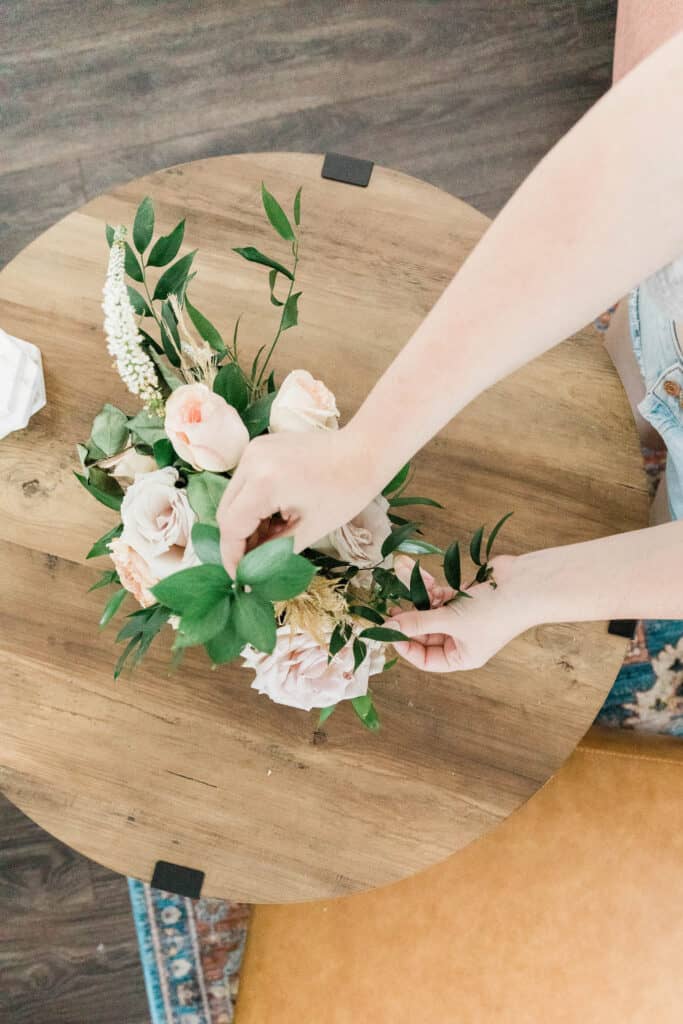
Power-Packed Nutrition
Beyond their taste-enhancing prowess, herbs are powerhouses of nutrition.
Many of them are full of antioxidants, boosting your immune system and curbing inflammation. Parsley, oregano, and thyme are among those herbs with tons of health benefits.
In essence, the process of harvesting and utilizing your herbs adds a rewarding dimension to your indoor gardening journey.
Challenges: Common Issues and Solutions
Nurturing an indoor herb garden can indeed be fulfilling, but it’s not without its issues.
Here are some common challenges and their respective solutions:
The Yellowing Dilemma
Yellow leaves often ring alarm bells for indoor gardeners.
This issue can be attributed to overwatering or a lack of vital nutrients.
You can address this by moderating your watering routine and boosting your soil with a balanced fertilizer to nourish your herbs.
Pests
Indoor herb gardens may attract unwelcome pests such as spider mites, aphids, and whiteflies. So regularly clean your herbs and maintain their health to deter these intruders.
Organic pesticides or insecticidal soap can be your allies in case of a pest invasion.
DIY Pollination
For herbs that necessitate pollination like onions or some vegetables, you might need to play the role of a pollinator. Use a small brush or a cotton swab to transfer pollen from one flower to another, ensuring a continuous growth cycle.
Soil Supremacy
The quality of your soil is the bedrock of your herb’s health. Opt for high-quality organic potting soil and enrich it with compost or organic fertilizers. Garden soil can harbor pests and diseases, so it’s best to steer clear of it.
Light issues
Your herbs’ growth heavily depends on the right light exposure.
Ensure your herbs bask in a sunny window or use grow lights if natural light is scarce. Most herbs thrive on 6-8 hours of direct sunlight each day.
Final Notes
And there you have it.
Planting and nurturing your own indoor herb garden is a journey that not only rewards you with a greener space, but also enriches your life with fresh flavors and a deeper connection to nature.
with this step-by-step guide, you’ll be well-equipped to start, grow, and maintain your own indoor herb garden.
Plus, the satisfaction you’ll get from watching your little plants thrive?
Absolutely priceless!
For some extra reading (because we can never know too much about plants, right?), check out these articles:
Your turn now!
What herbs are you excited about growing indoors?
Share your thoughts, in the comments below

